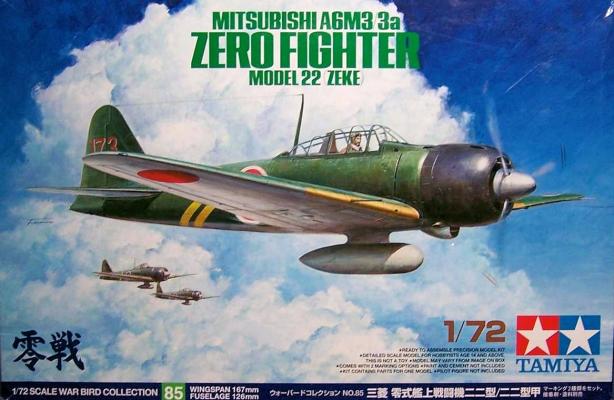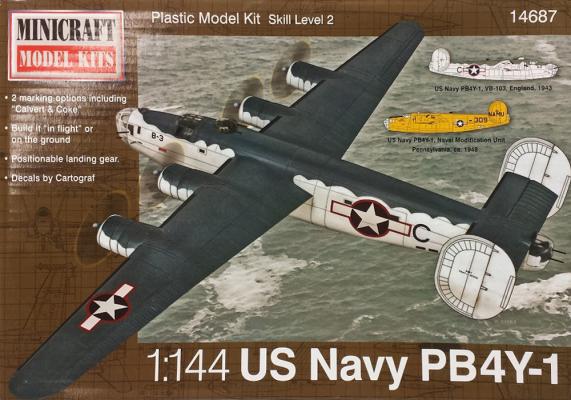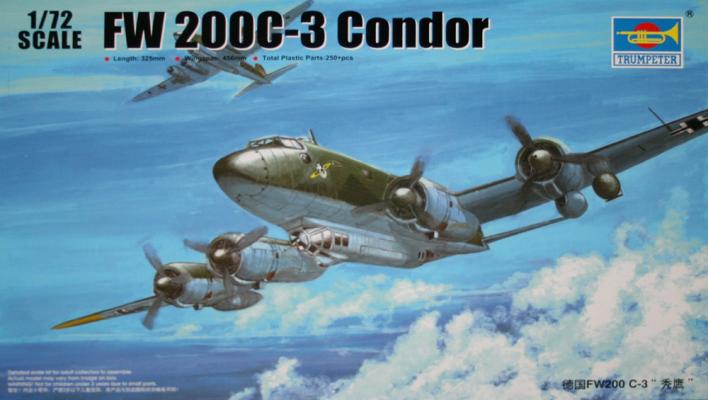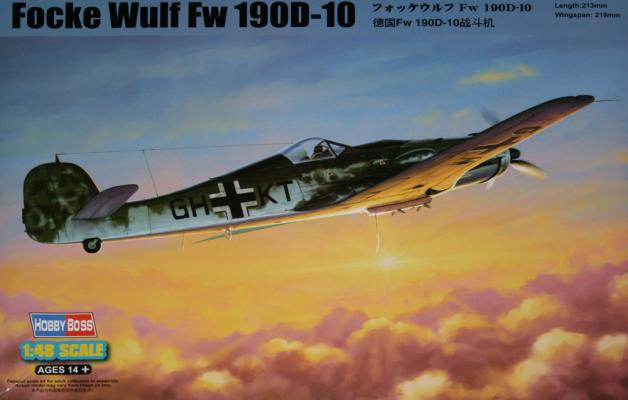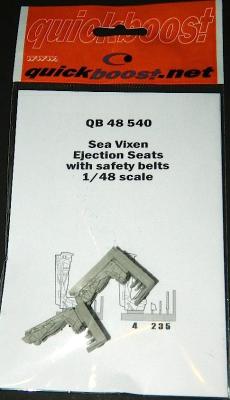History Brief
Following the Zero Model 21 (A6M2), the Model 32 (A6M3) Zero was introduced and entered service in the summer of 1942. It was powered by a Sakae 21 engine which featured superior high-altitude performance and an increased top speed. However, the Model 32’s reduced fuel capacity, heavier airframe design, and shorter clipped wings reduced the flight range. In order to fix this problem the Model 22 (A6M3) aircraft was introduced in early 1943. It came with an improved 12m wingspan to correct performance shortcomings and increase maneuverability, additional inner-wing fuel tanks to regain a longer flight range and reintroduced folding wing tips. Deployed mainly to the Solomon Islands from early 1943, The Mitsubishi A6M3/3a Zero fighter was considered by many to be the most well balanced Zero aircraft.











